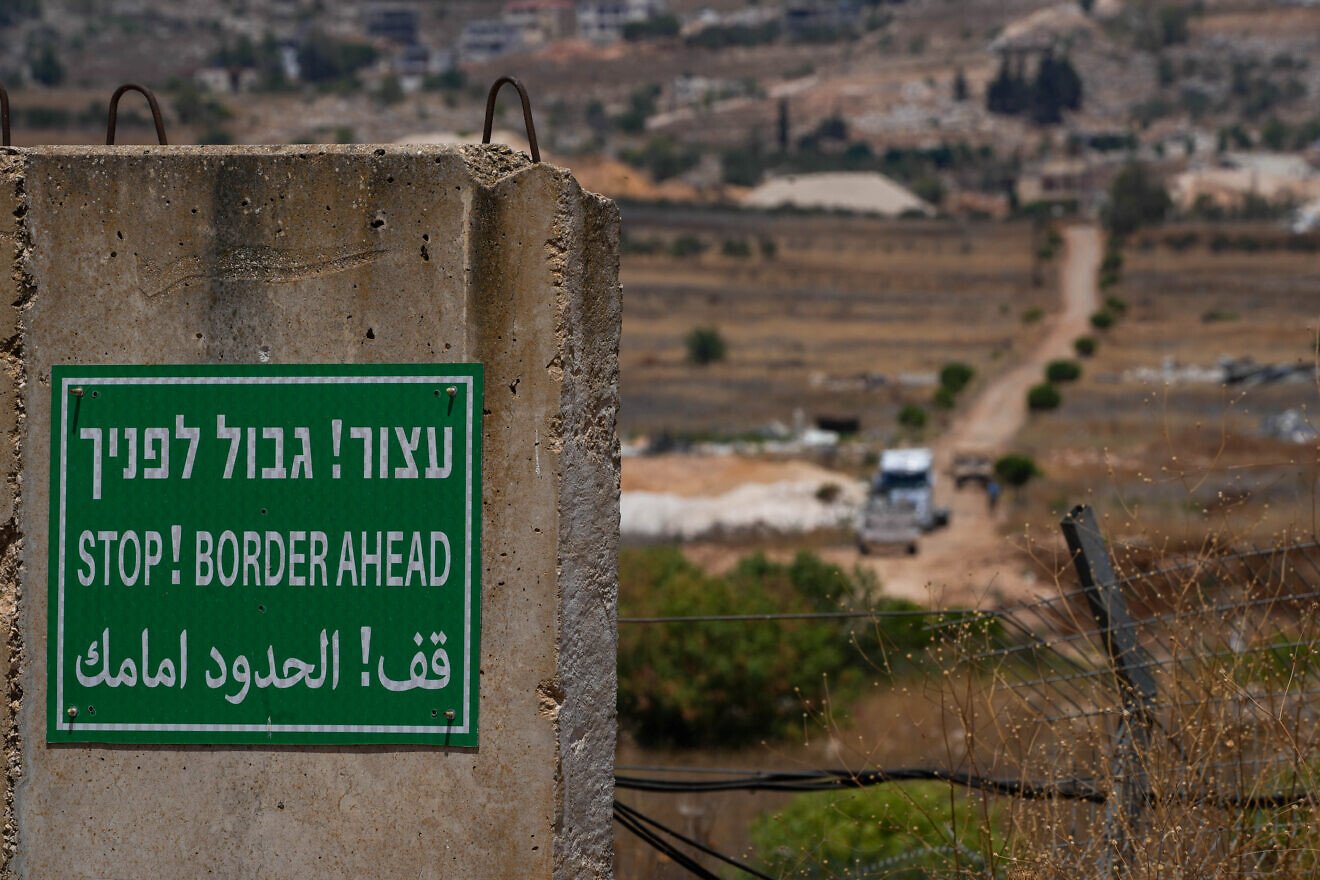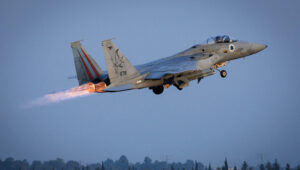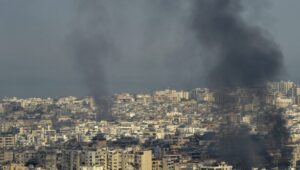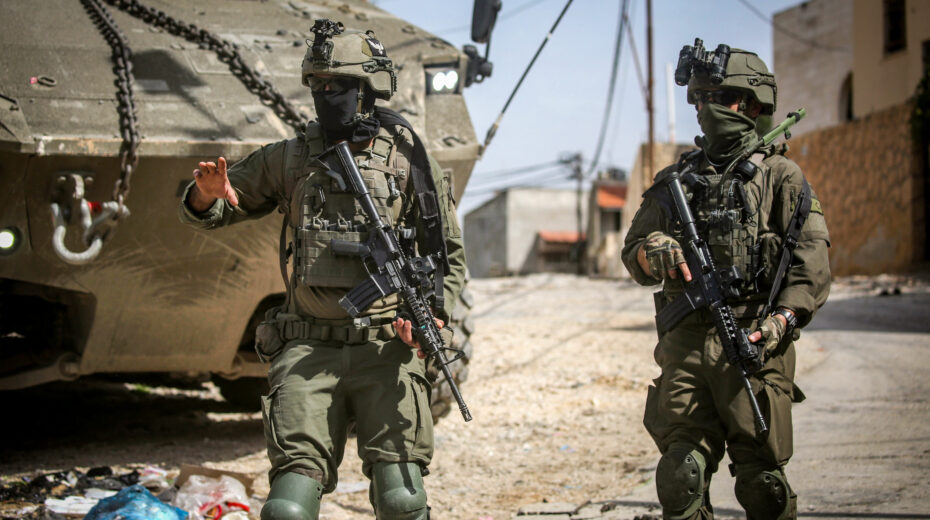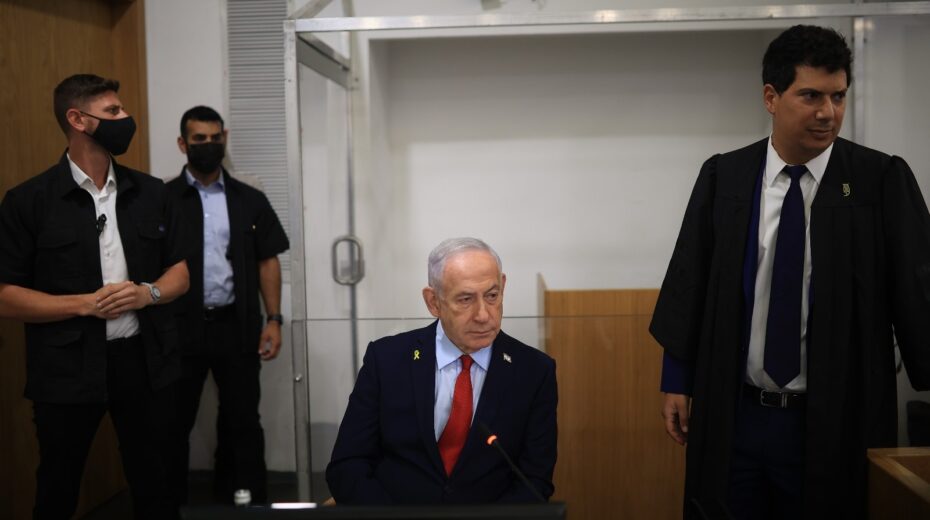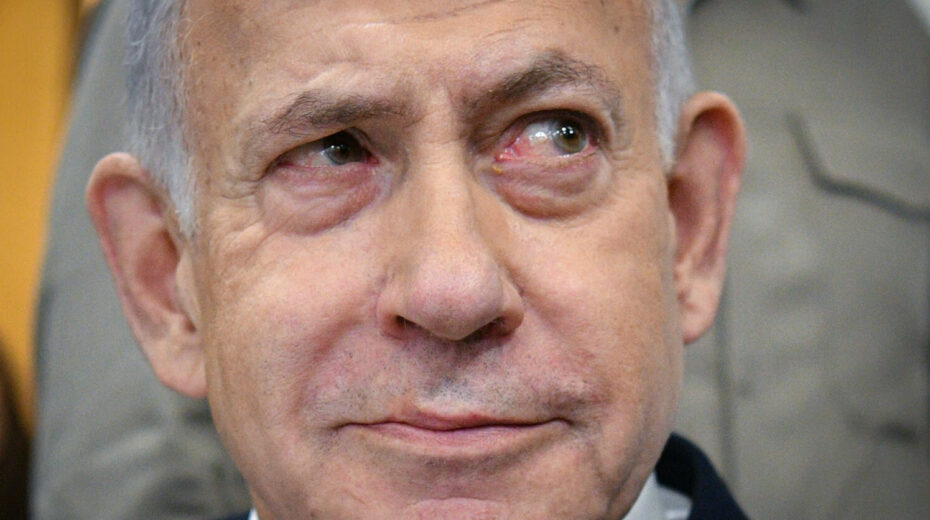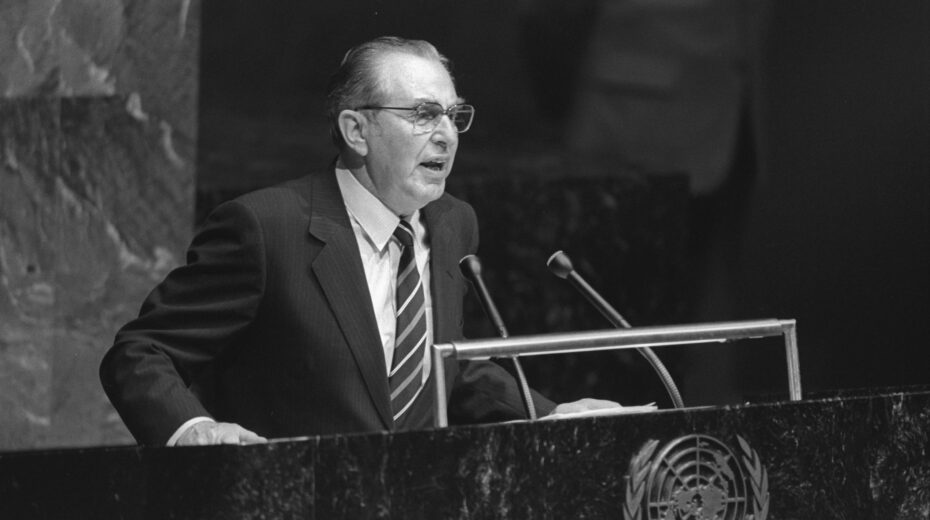(JNS) The Israel Defense Forces have achieved remarkable tactical successes in less than two years: decapitating Hezbollah’s leadership, degrading its missile capability, killing and incapacitating thousands of terrorists and conquering its strongholds in Southern Lebanon. And yet, for all these triumphs, Israel has failed to defeat Hezbollah.
The leadership of the terrorist group remains defiant, its arsenal—though diminished—still threatens Israeli cities and strategic sites. Northern Israel bears the scars of devastation, and most damning of all, some 80,000 Israelis spent more than a year as internal refugees because their government could not guarantee their safety. Even now, their fears have not subsided, as Hezbollah’s destruction depends not on the IDF but the Lebanese government.
Israeli Prime Minister Benjamin Netanyahu may deflect responsibility for failing to prevent the Oct. 7 massacre by claiming that no one woke him up, but he was wide awake when the decision was made not to strike Hezbollah preemptively. As was the case with the Hamas buildup in Gaza, Hezbollah’s acquisition of some 150,000 rockets, creation of tunnels and preparations for an invasion took place on his watch. War with Hezbollah was inevitable, given the Sword of Damocles it held over Israel’s head, but, as in the case of Gaza, Netanyahu was risk-averse.
His security doctrine rested on deterrence—managing the threat rather than eliminating it—because an all-out war was expected to bring massive destruction and thousands of civilian casualties. That strategy failed in the south, and it failed again in the north.
Hamas shocked Israel and Hezbollah alike with the timing of its invasion. The two had discussed a simultaneous assault—a nightmare scenario in which elite Hezbollah units would have stormed across the northern border while Hamas attacked from Gaza. When Hamas struck first, Hezbollah hesitated, calibrating its response to avoid all-out escalation.
Still, beginning on Oct. 8, Hezbollah launched drones, anti-tank missiles and mortar shells at IDF positions along the border. According to The Wall Street Journal, Israel launched planes for a strike against Hezbollah on Oct. 11. Believing that they needed American support, Israeli officials informed the Biden administration of the plan. Hoping to avert a wider war, the president convinced Netanyahu to call off the attack (Netanyahu denied the report).
Hezbollah intensified its bombardment with rockets that Iron Dome could not intercept, forcing tens of thousands of Israelis in more than 40 communities along the border to evacuate. Netanyahu’s rapid deployment of troops prevented an invasion, but by relocating the border population, he became the first Israeli prime minister to cede territory to the enemy. Then-US Secretary of State Antony Blinken put the humiliation bluntly: Israel “has effectively lost sovereignty in the northern quadrant of its country because people don’t feel safe to go to their homes.”
Israel was not just fighting Hezbollah but the Biden administration, which was desperate to prevent escalation that would draw the United States into the war. The cost of caution mounted. By August 2024, Hezbollah had fired more than 8,000 rockets and 200 UAVs into Israel, damaging hundreds of homes, incinerating about 56 square miles of vegetation and inflicting billions of shekels in economic losses.
The human cost was growing as well. In March, a 25-year-old man was killed by a Hezbollah rocket; 14 IDF soldiers and four civilians were wounded in April; and in July, 12 Druze children were killed and dozens wounded when a missile hit a soccer field in the Druze village of Majdal Shams.
American officials made their priorities explicit. Gen. CQ Brown, chairman of the Joint Chiefs of Staff, said Israel needed to think about how a Lebanon operation would affect “not just the region, but how it impacts our forces in regions as well.”
Bizarrely, Netanyahu did not declare that the safe return of residents to their homes along the border was a war objective until Sept. 17, nearly a year into the conflict.
That month, Israel executed one of the most extraordinary operations in modern military history: detonating explosives embedded in Hezbollah fighters’ pagers and walkie-talkies, incapacitating approximately 1,500 terrorists and shattering the group’s communications network. The devastation might have been greater. Former Defense Minister Yoav Gallant wanted to detonate them on Oct. 11, which “could have changed the course of the war” and “eliminated all the chain of command of Hezbollah immediately.” However, Netanyahu opted for delay.
Even that success did not end the fighting. By year’s end, Hezbollah had fired 15,400 rockets.
As he would repeatedly, Netanyahu chose placating his right-wing coalition members over working with former President Joe Biden by rejecting a ceasefire proposal the Americans had coordinated with Israel. Instead, Israel escalated the fight by assassinating Hezbollah chief Hassan Nasrallah. Combined with Israel’s plan to send ground forces into Lebanon, this development exacerbated tensions with the administration. When asked if he was comfortable with Israel launching a limited ground operation, Biden replied: “I’m comfortable with them stopping. We need a ceasefire now.”
Biden impeded Israel’s operations by withholding vital information and weapons. He pressured Israel not to attack Lebanese infrastructure, even as Hezbollah targeted the port in Haifa and landed near a water pumping station in Tiberias. To avoid continuing to anger Arab allies and provoking Iran, the Pentagon announced that the United States was not providing Israel with intelligence.
The IDF had been reluctant to enter Lebanon out of fear that Hezbollah would retaliate using its missile arsenal. The Israeli Air Force had destroyed about half of Hezbollah’s missiles, but it was still thought to possess as many as 75,000. Nevertheless, ground operations began on Oct. 1. The next day, Israel suffered its first casualties when eight soldiers were killed.
By November, the IDF claimed that it had killed more than 2,500 Hezbollah fighters, wounded 5,000, and destroyed 80% of its medium-range rockets and nearly all its precision-guided missiles. Still, Hezbollah kept firing roughly 100 rockets a day.
The United States desperately pushed for a ceasefire, hoping to succeed in time for Biden to take credit for the achievement. On Nov. 26, 2024, a US-brokered truce took effect. Its terms called for Israel to withdraw from Southern Lebanon within 60 days; Hezbollah to move north of the Litani River, and the Lebanese army to take control of the south.
Israel had no choice but to accept after Biden threatened to block further weapons deliveries and not to veto a UN Security Council resolution imposing a unilateral ceasefire on Israel. Netanyahu also faced pressure from the incoming Trump team, eager to claim credit for ending the war. Netanyahu did not admit to surrendering to pressure, claiming that he agreed to the ceasefire to rebuild Israel’s arsenal (which was possible because Biden announced a $680 million arms sale to replenish its depleted stocks), and concentrate on Hamas and the Iranian threat.
The war ended—at least, on paper—at the cost of 66 Israeli civilians and 84 soldiers. The IDF struck 12,500 targets, seized vast stockpiles of weapons and communications gear, and built a new triple-layered border barrier. Yet Israeli troops remain in Southern Lebanon. The last time that happened, they stayed for 22 years—and Hezbollah only grew stronger.
Even with most of its leaders and hundreds of fighters dead, its command centers destroyed, and most of its forces in retreat, Hezbollah claimed victory. “We won,” Secretary-General Naim Qassem said, “because we prevented the enemy from destroying Hezbollah, stopped them from ending the resistance and defeated them because the enemy was forced to justify the agreement.”
Hezbollah endured the conflict, inflicted severe damage and further eroded Israel’s sense of security after Oct. 7. Most displaced Israelis stayed away from their homes for 18 months, and many remain hesitant to return, aware that Hezbollah is still heavily armed and poses a serious threat. The initial price tag for rehabilitating the region stands at $297 million.
The Biden and Trump administrations prevented Israel from taking the fight north to finish Hezbollah. Now, with Iranian help, Hezbollah is trying to regroup.
Ironically, the decisive blow against Hezbollah may come not from the IDF, but from Beirut. Under new President Joseph Aoun, Lebanon has moved to reclaim its sovereignty from the puppet masters in Tehran. The Lebanese Army is taking control of the south, dismantling Hezbollah weapons caches and infrastructure, and disarming Palestinian terror groups.
The real test will be disarming terrorists in the north. On April 21, Aoun stated: “When I spoke of the state’s exclusive right to arms in my oath of office, it wasn’t just words. I said it because I firmly believe that the Lebanese people do not want war and can no longer bear its consequences or even the language of war.”
In August, Lebanon’s government decided to decommission Hezbollah’s weapons and assert full sovereignty over Southern Lebanon for the first time in more than 50 years.
Yet Hezbollah vows to resist. “We will not allow anyone to disarm the resistance,” Qassem warned.
Israel is in a precarious position, forced to depend on Lebanon to eliminate Hezbollah. Whether the Lebanese state has the institutional strength and political will to dismantle Hezbollah’s armed and political apparatus remains to be seen. If it fails, the burden of neutralizing the threat will fall once again on Israel.
The IDF fought courageously, but it did not win. Despite knowing better from US-Israel history, Netanyahu underestimated the political constraints imposed by Washington. Most damning, as in Gaza, he misled Israelis into believing that “total victory” was possible.


